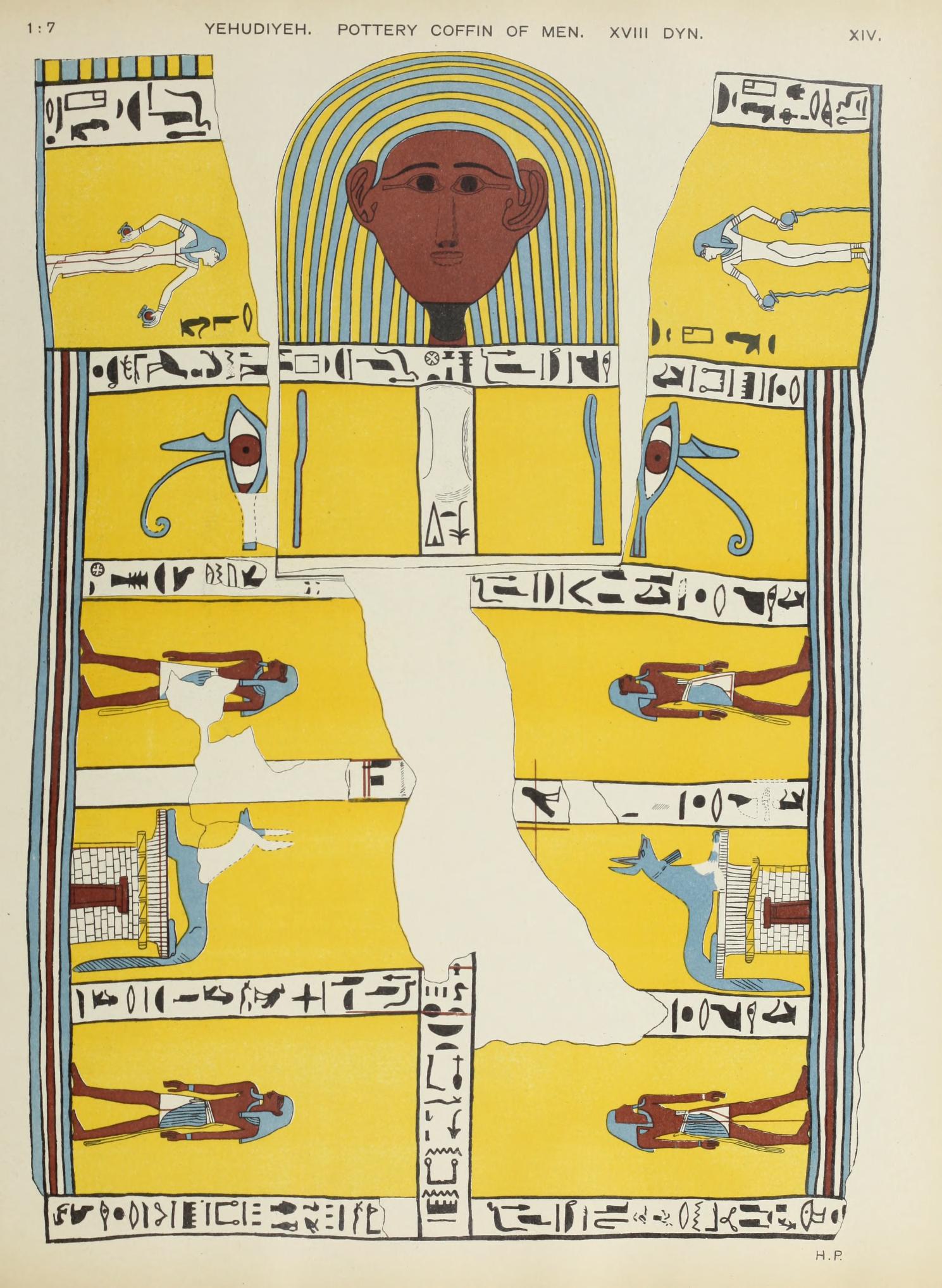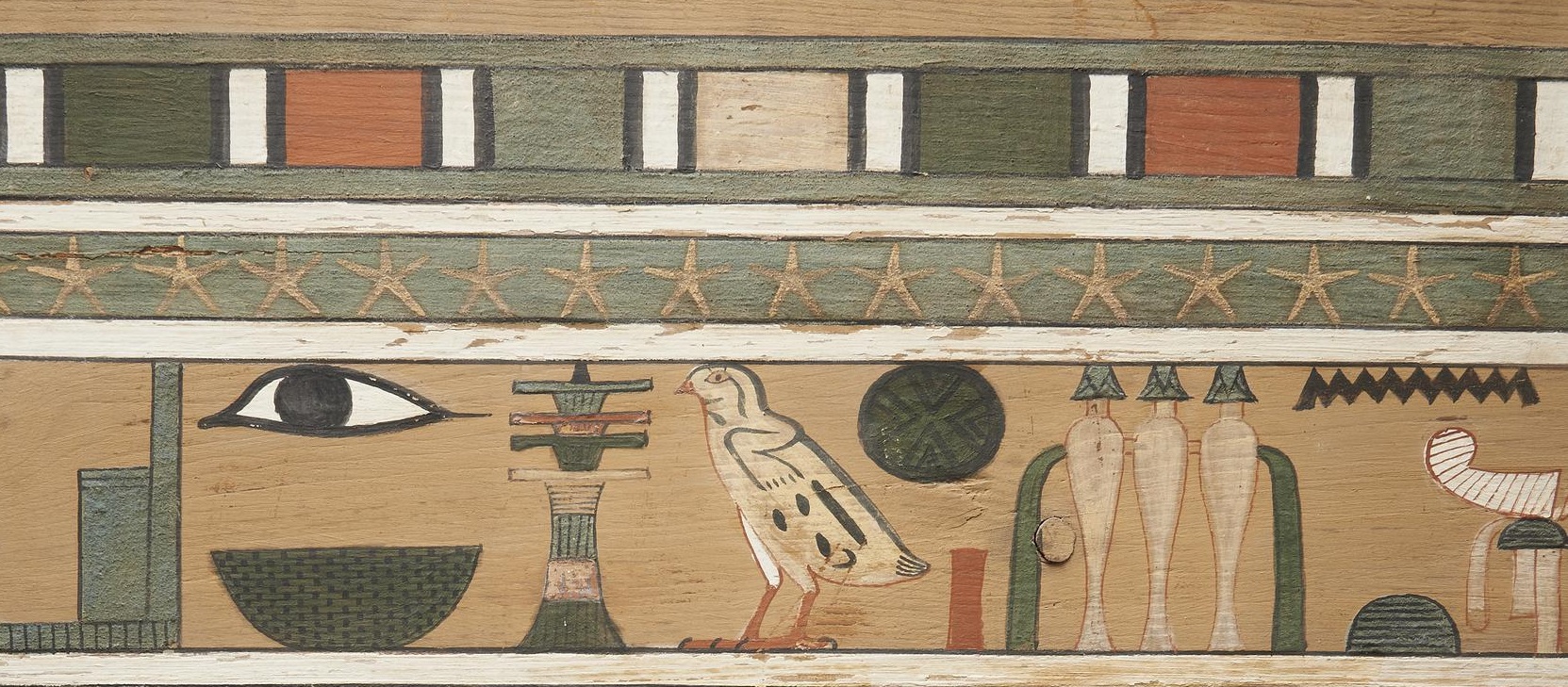by mrvaldesogo | Dec 27, 2021 | Blog "Hair and Death in Ancient Egypt", Sin categoría
As we have seen in a previous post, the iconography of this coffin contains traditional images of Egyptian art to guarantee the resurrection of the deceased. In addition, in the previous post we exposed that the decoration was perfectly distributed on the surface. So,...

by mrvaldesogo | Nov 26, 2021 | Blog "Hair and Death in Ancient Egypt"
Images in Egyptian art were much more than just designs, specially in funerary sphere. They were a tool for achieving a goal and their effectiveness was out of doubt. Moreover, the artist also had to choose their location on the surface for creating a coherent...
by mrvaldesogo | Oct 29, 2021 | Blog "Hair and Death in Ancient Egypt"
Clay Coffin of Men. Dynasty XVIII. Tell el-Yahoudiyeh (tomb 411). Musées Royaux d’Art et d’Histoire de Bruxelles, E.4348. Photo: MRAH Coffins in Ancient Egypt were not made just in wood, but also in ceramic. Although these kind of coffins are much more...

by mrvaldesogo | Nov 25, 2020 | Blog "Hair and Death in Ancient Egypt"
Colour is a very important element in aesthetics, because by itself it provokes immediate emotions. A colour can determine a state of mind, predispose us to something or even influence someone’s attitude. Effects of Colours in our Emotions. The cold colours,...
by mrvaldesogo | Oct 4, 2020 | Blog "Hair and Death in Ancient Egypt"
The artist in Ancient Egypt was part of the elite and worked very close to the Court. But his importance did not come from his proximity to the Royal House. Let’s see more about it… 1. The Egyptian artists were specialised workers. Very early in history in...

